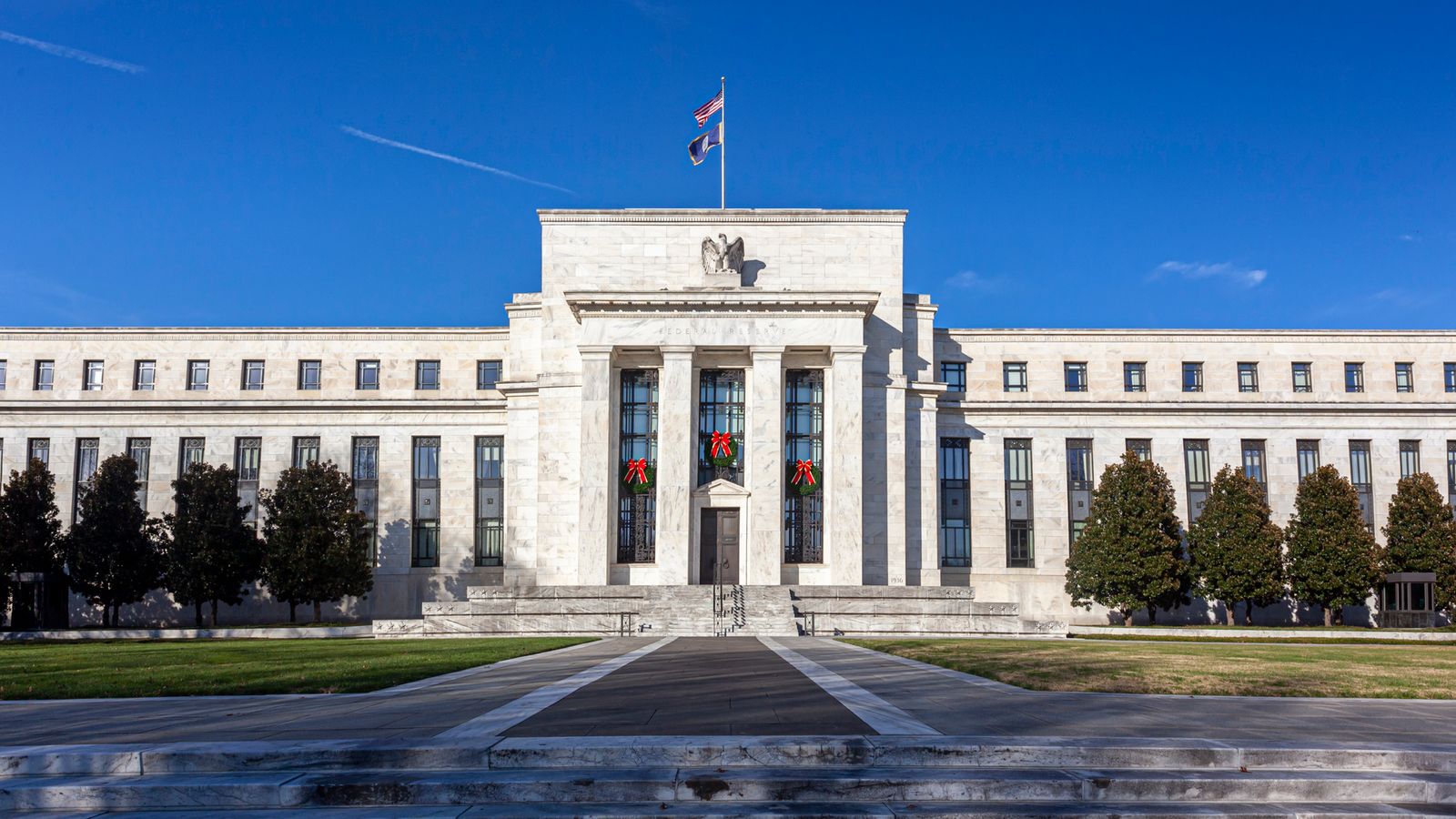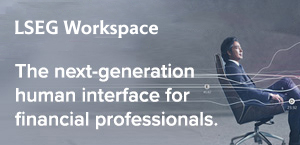For roughly 30 years Federal Reserve policymakers and other central bankers enjoyed a world where market interest rates were falling, inflation was low, globalization effectively expanded the supply of labor, and, at the margin, markets for goods and services were becoming more open and stable.
Those trends have now been challenged if not upended altogether by the COVID-19 pandemic in a disruption that risks leaving policymakers adrift about what to expect.
The U.S. central bank is already adjusting to one unanticipated set of changes - an outbreak of inflation coupled with stalled growth in the U.S. labor force. But it may be just the beginning of a lengthy reckoning about how economic dynamics have shifted, challenging central bankers to keep pace and delve deeper into areas that have not typically been their province, such as the economics of industrial organization and the supply side.
Economists sometimes describe the sorts of changes that may be underway in terms of a new economic "regime," but "identification becomes something of an art form," Atlanta Fed President Raphael Bostic said last Friday on a panel at the annual meeting of the American Economic Association (AEA) in New Orleans.
Bostic said he already regards the U.S. labor market as likely having changed for good, leaving the economy with a seemingly embedded shortage of workers and a population making different choices about labor, leisure and retirement than it did before.










